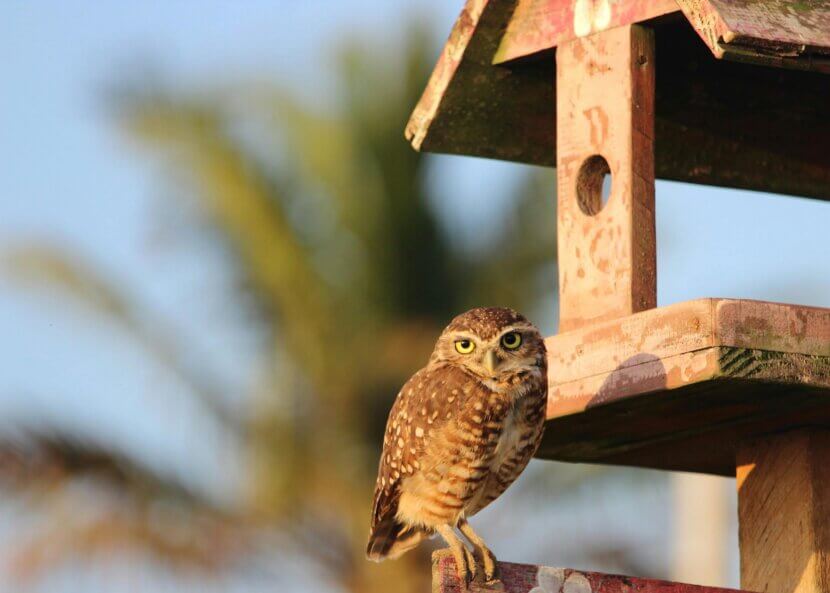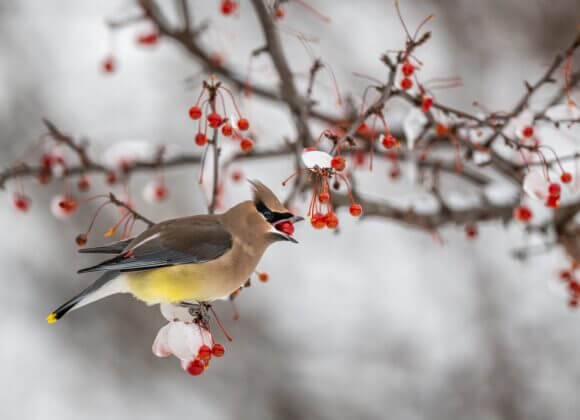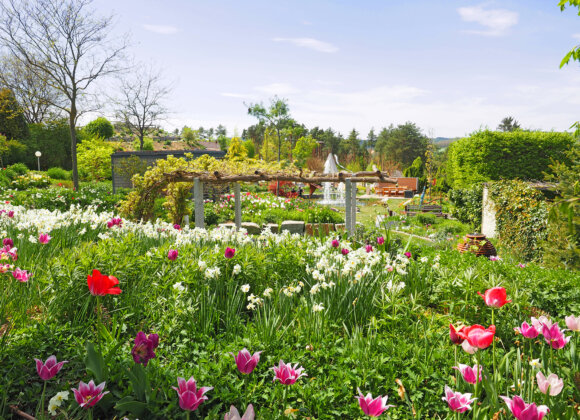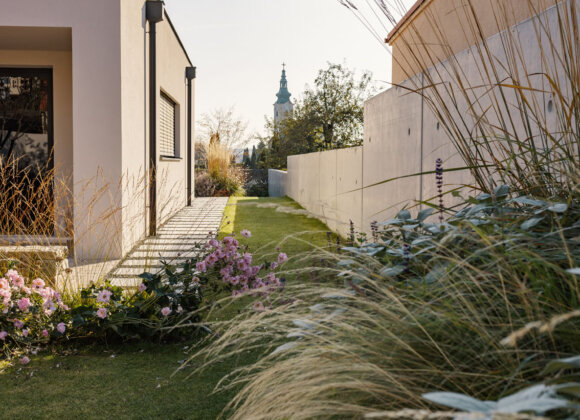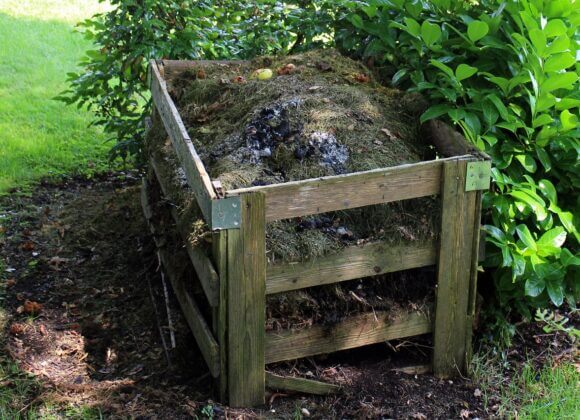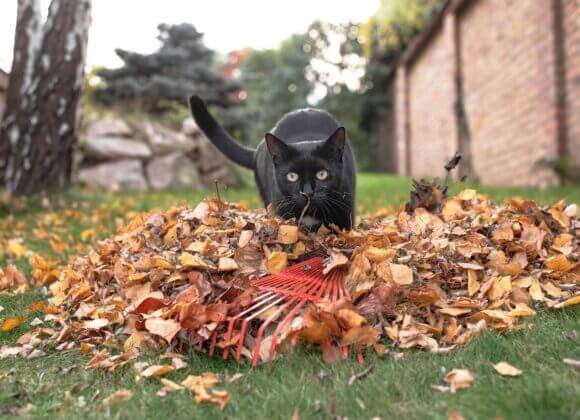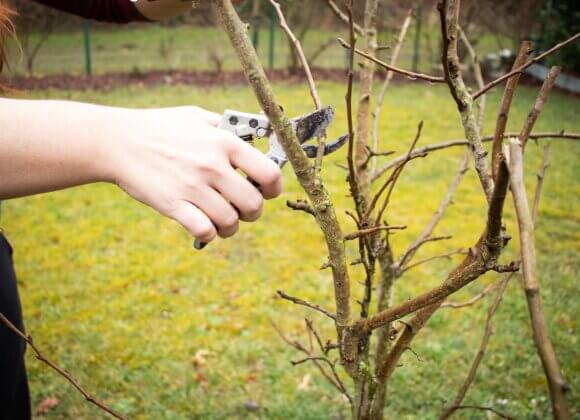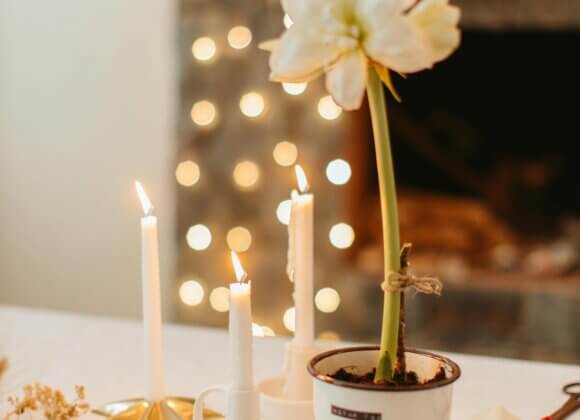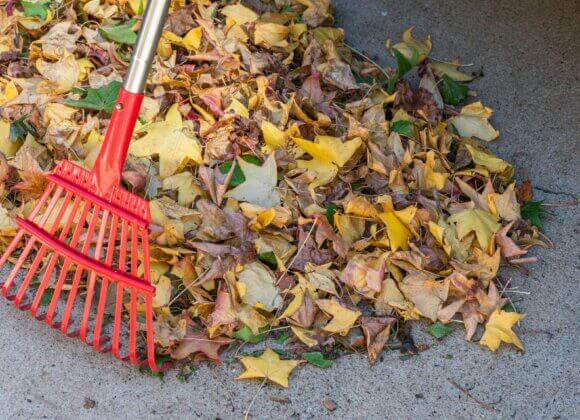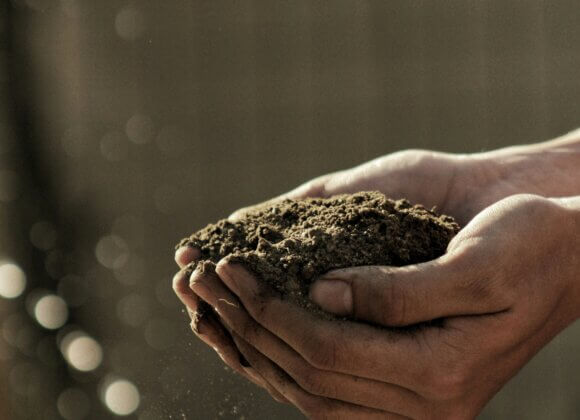When food is scarce in the wild, gardens and balconies are vital for the survival of many bird species. BirdLife expert Evelyn Hofer explains in an interview what is important when setting up feeding stations for birds – from the right time to suitable types of food and hygiene.
“It’s best to start as early as October,” says Hofer. “The buffet should be open by the end of October at the latest so that the birds get to know the feeders and visit them regularly over the winter.”
When should you feed birds in winter?
Ideally, you should start feeding in October. If the feeding station is set up later, you often get fewer “guests” as the birds have already found other places. However, once they have become accustomed to a food source, they will rely on it. “That’s why we recommend feeding continuously from October – and into the spring. You shouldn’t stop until the end of April,” says Hofer.
Especially in harsh winters, a suddenly empty bird house can be dangerous. “When it’s cold and snowy, it can end badly if the feeding station is suddenly empty.” Even in spring, when snow falls again at Easter, a feeding station is often a welcome refreshment for migratory birds returning home early.
The best place for a birdhouse
A good feeding station is both clearly laid out and protected. “It shouldn’t be in the middle of the thickest bushes, but should be free-standing and allow a good view of the surroundings. This allows the birds to recognize dangers such as cats on the ground or a sparrowhawk from the air in good time,” explains Hofer.
At the same time, there should be bushes or trees a few meters away. “The birds like to sit in the bushes, fly to the feeding site, get something and return. They need this proximity.”
Height also plays a role: feeding columns or special stands are ideal, as cats find them difficult to reach. Nevertheless, Hofer emphasizes: “Some species such as blackbirds or robins feed almost exclusively on the ground. There are special ground feeders for them – but only in places where cats are not a danger.”
Which birds come to the feeder?
In winter, numerous species cavort around the feeders: Great tits, blue tits, pine tits, crested tits, chaffinches, goldfinches, greenfinches and many more. The nuthatch is also a frequent visitor. “You could say that you can find our typical garden and forest birds at the feeders in winter,” summarizes Hofer.
The right food for birds in winter
The basis is simple: sunflower seeds – shelled or unshelled. “They are the universal food that almost all species like to eat. Hulled seeds are cleaner, unhulled are cheaper. If you feed larger quantities, you usually use unpeeled ones, although it must be said that there are also bird species that find it difficult to open them. A mix is therefore ideal.”
Small seeds such as millet or hemp are suitable for bird species such as sparrows or buntings. Nuts are also popular in winter. “Peanuts, walnuts or hazelnuts are good to offer, preferably broken so that small birds can get to them more easily.”
Some bird lovers get creative and attach half nutshells to wooden boards that are hung up. Or to fences. “The woodpecker or smaller birds such as tits then take the nuts directly from the shell.”
Hygiene protects against bird diseases
Often underestimated: the cleanliness of the feeders. “We recommend plastic or metal feeders because they are easy to dismantle and clean. Open birdhouse palaces, where the birds hop around in the food, pose a high risk of transmitting bird diseases.”
Regular cleaning is mandatory: “At least once a week, preferably every time you refill. With plastic or metal pillars, you can even use the dishwasher.” Classic wooden houses can also be used – but they have the disadvantage that cleaning them is somewhat more time-consuming. This makes it all the more important to clean them thoroughly on a regular basis, ideally with hot water, as Hofer warns: “We keep getting reports of dead birds in the garden in winter. This is often due to a lack of hygiene at the feeder.”
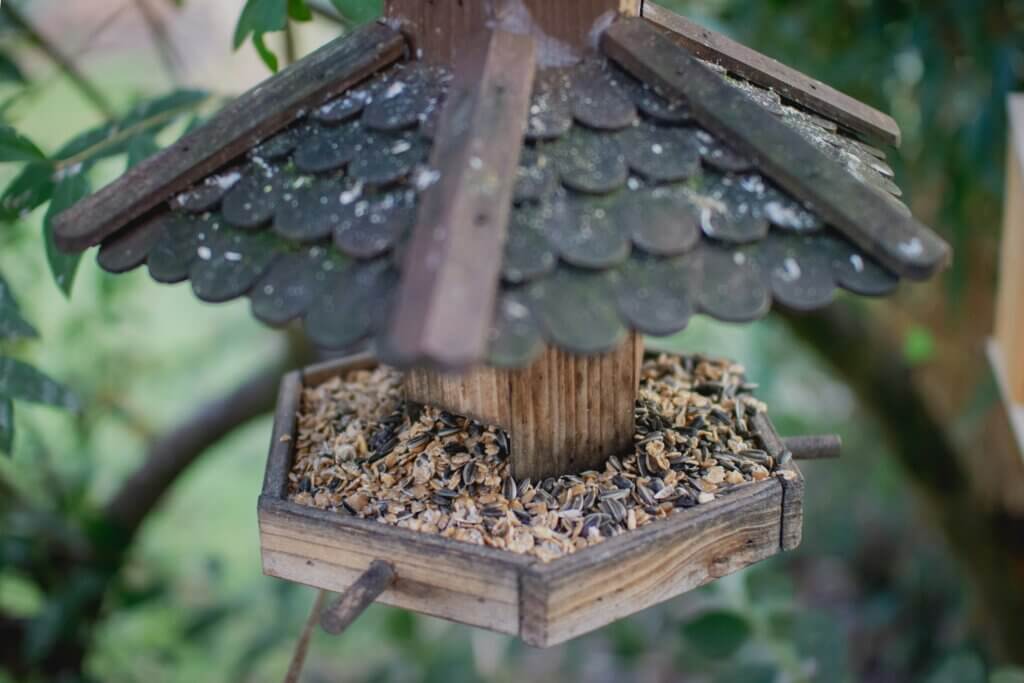
How often should you feed birds in winter?
Consistency is crucial. “When you start feeding, you should feed the birds continuously until spring,” says Hofer. Breaks could confuse and weaken the animals at times when they are already struggling to survive.
Protection from domestic cats and other dangers
“The domestic cat is the number one danger at the feeding site,” says Hofer. Other predators are rather rare – with the exception of the sparrowhawk, which occasionally drops by. “That’s part of nature. But domestic cats should be kept away at all costs.” The following therefore applies: place birdhouses at a safe height and design feeders in such a way that cats have no access.
Our expert
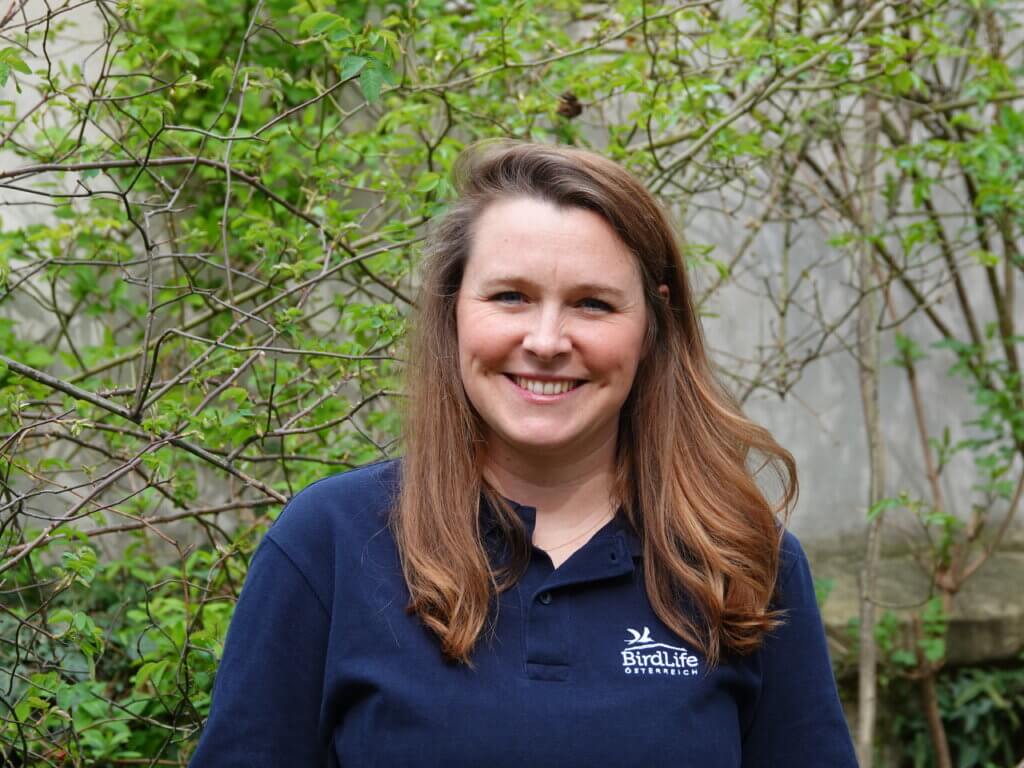
Website: https://www.birdlife.at
Related posts:
How to turn your garden into a paradise for bees and insects


